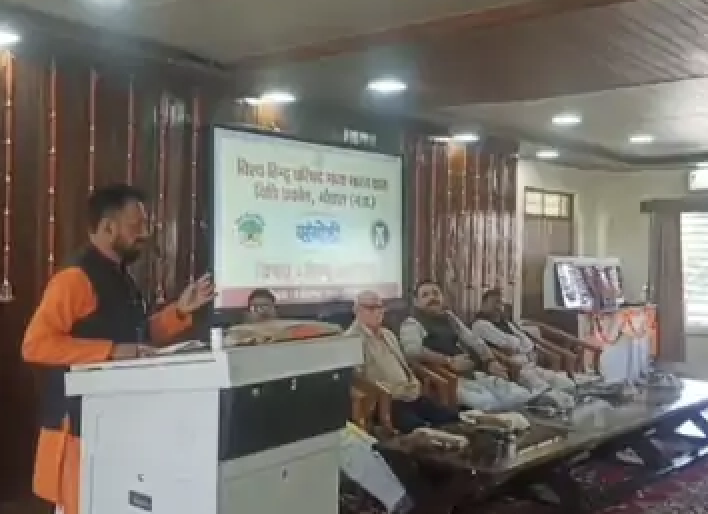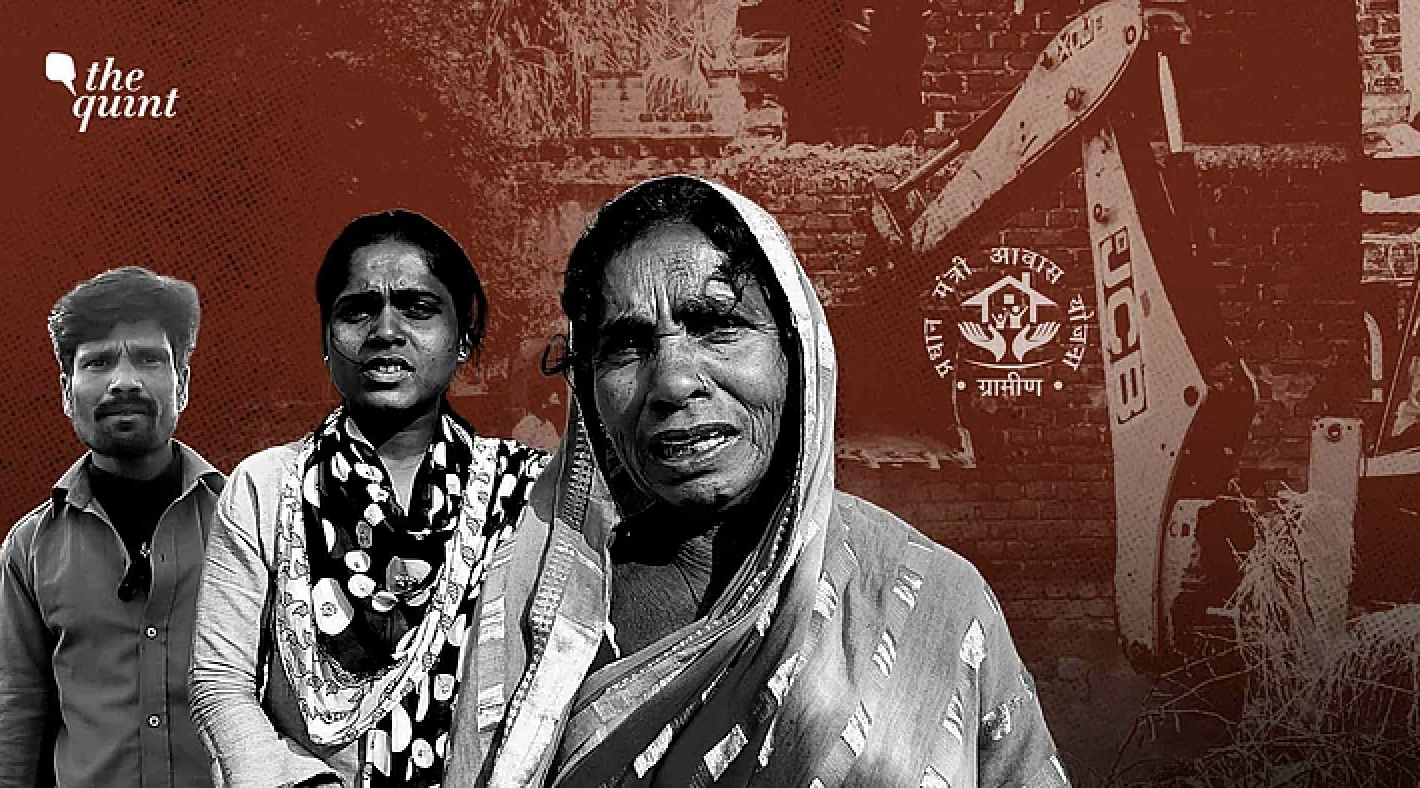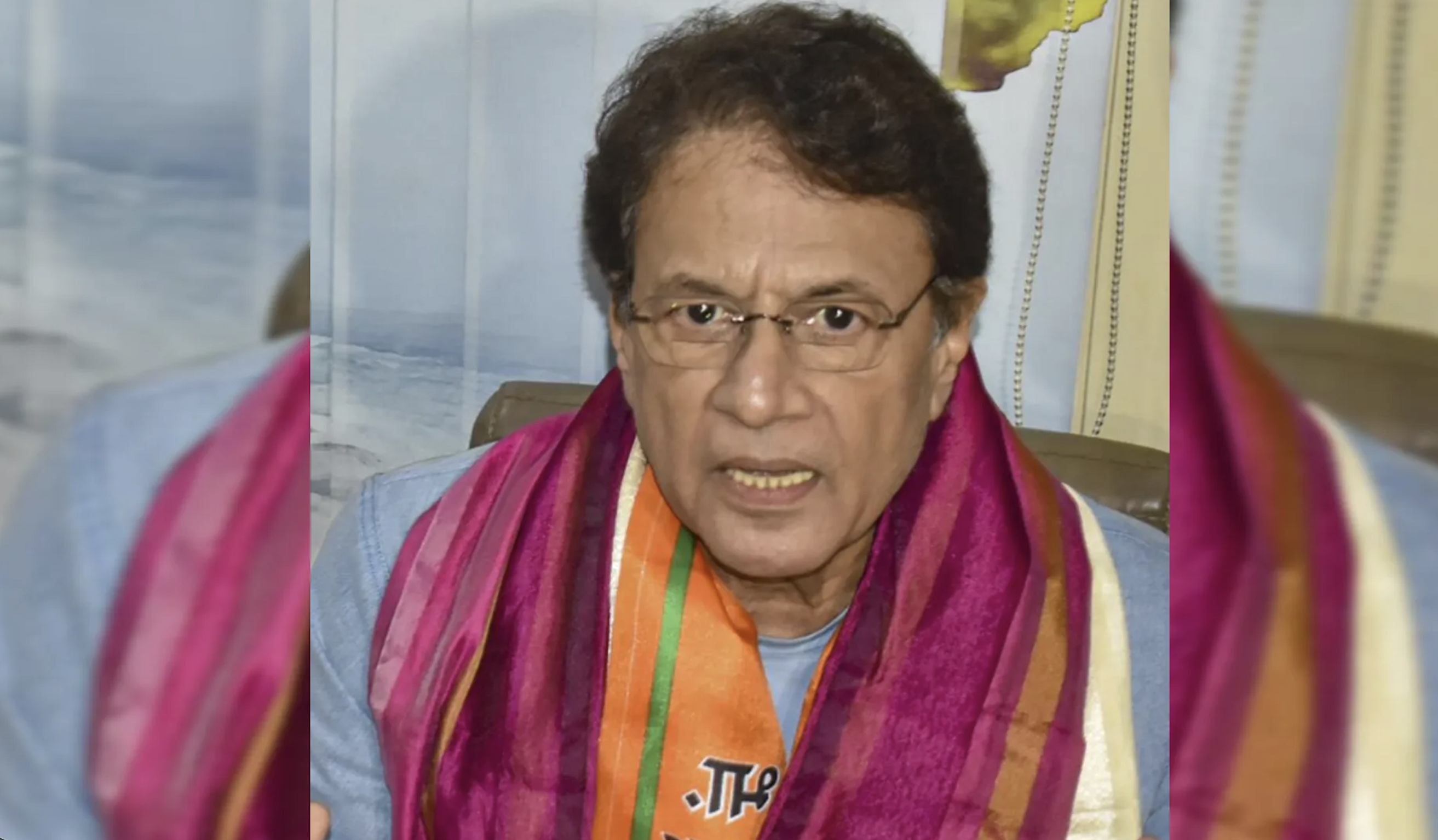Testimony of John Sifton, Asia Advocacy Director, Human Rights Watch
Thank you for inviting all of us to testify today about this increasingly worrying issue. For decades, Human Rights Watch and other groups have documented how various governments around the world have reached beyond their borders to engage in repression of human rights defenders, journalists, civil society activists, dissidents, political opponents, and others deemed to be a security or political threat. This is what has come to be labeled transnational repression: governments reaching over their borders to commit abuses against their citizens or members of their diaspora.
Transnational repression has taken the form of targeted killings, abductions and enforced disappearances, unlawful deportations, abuse of consular services, the targeting and collective punishment of relatives. It can also take the form of digital attacks, including threats, harassment, cyber-hacking, doxing, or swatting.
Understandably, some US policy makers are particularly concerned with transnational repression by governments that are hostile to the US, such as China, Russia, and Iran. The reporting of Human Rights Watch, Freedom House, and other groups has documented abuses by these countries but also by other governments in Asia, Africa, the Middle East, and Europe. We have heard from victims of transnational repression and friends and relatives of victims about its impacts, not only on those targeted, but also on entire communities who are intimidated or silenced by it.
Increasingly, we are also documenting transnational repression abuses by governments that enjoy close ties with the United States, countries with which the US is expanding economic, security, and intelligence ties.
At this hearing, Human Rights Watch wants to focus on two such countries in particular: Rwanda and India.
We would request that the committee place into evidence a written submission on issues in Rwanda of my colleague Lewis Mudge, of Human Rights Watch’s Africa Division.
This story was originally published in hrw.org. Read the full story here.






